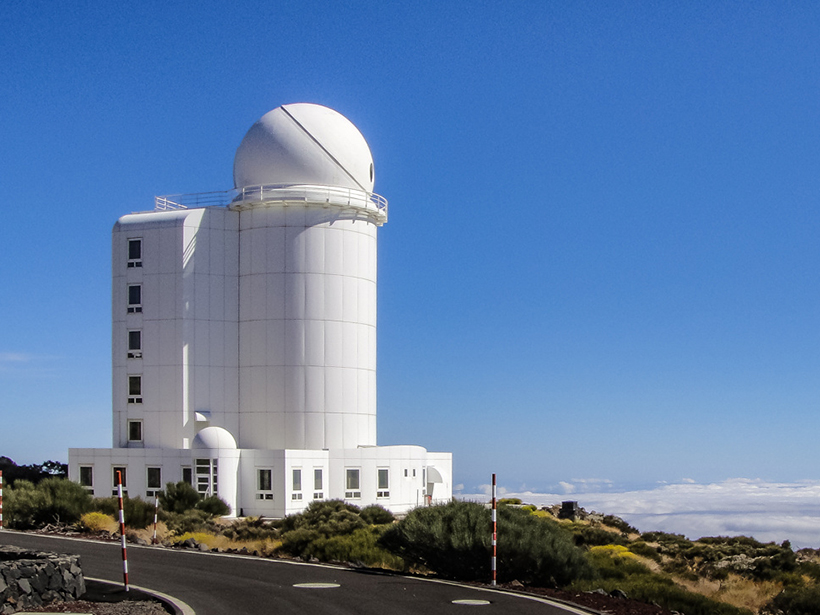Source: Geophysical Research Letters
Mercury has no thick, gaseous atmosphere to protect it from the Sun. Instead, it has an exosphere: a thin covering of escaped atoms that is continuously formed as several processes (for example, solar irradiation, the influx of solar wind plasma, and temperature variations) extract volatile elements off the planet’s surface. The relative composition of the exosphere varies depending on where Mercury is located in its highly elliptical orbit and on how strongly the planet’s magnetic field couples with the solar wind.
Much of what scientists know about Mercury’s exosphere comes from the Mercury Surface, Space Environment, Geochemistry, and Ranging (MESSENGER) probe, a NASA spacecraft that orbited Mercury for 4 years before it ended its mission in 2015, crashing onto the planet’s surface at a speed of 3.91 kilometers per second. The probe captured emissions of magnesium, calcium, and sodium in the planet’s radiant tail, the comma-shaped trail it makes as it orbits the Sun. These emissions are hard to measure from the Earth because they are very faint and Mercury is so close to the Sun.
To measure Mercury’s exospheric emissions from Earth, scientists must use telescopes specially designed to capture images during the daylight, like solar telescopes. A new study by Massetti et al. is the first to capture the dynamics of released sodium atoms that occur over the course of a few minutes from our home planet. Using a telescope located in Tenerife, Spain, the authors focused their lens on a narrow, north–south strip centered on Mercury’s cusps: two specific spots near the planet’s northern and southern poles where the solar wind plasma can reach the surface by spiraling along the magnetic field lines.
They discovered a steady flare of sodium atoms at both cusps that lasted for more than 3 days. Both flares underwent several fast variations between 10 and 15 minutes and a longer one lasting for about an hour. The authors’ observation is the first to capture such intensifications, helping to shed some light on a long-standing mystery.
The southern peak was narrower and weaker than the northern one, a finding that seems to conflict with the current model, which holds that Mercury’s southern cusp is about 4 times wider than its northern one. The discrepancy could be induced by the sodium content in the southern soil being more depleted than in the northern one because of its greater solar wind exposure, the authors write. (Geophysical Research Letters, https://doi.org/10.1002/2017GL073090, 2017)
—Emily Underwood, Freelance Writer
Citation:
Underwood, E. (2017), Observing Mercury’s brilliant flares from Earth, Eos, 98, https://doi.org/10.1029/2017EO079063. Published on 09 August 2017.
Text © 2017. The authors. CC BY-NC-ND 3.0
Except where otherwise noted, images are subject to copyright. Any reuse without express permission from the copyright owner is prohibited.

